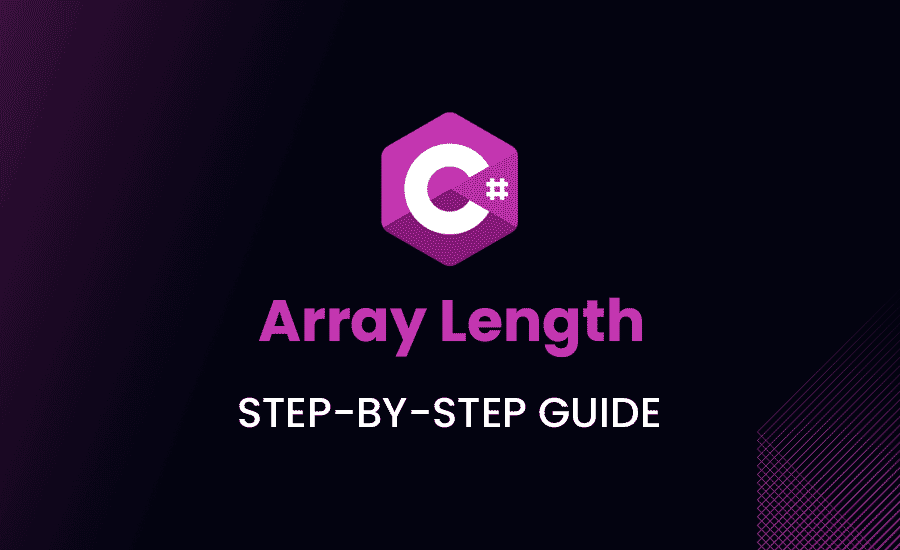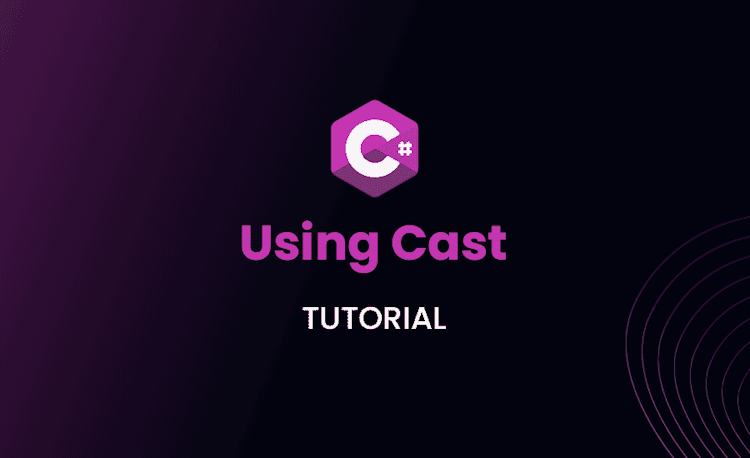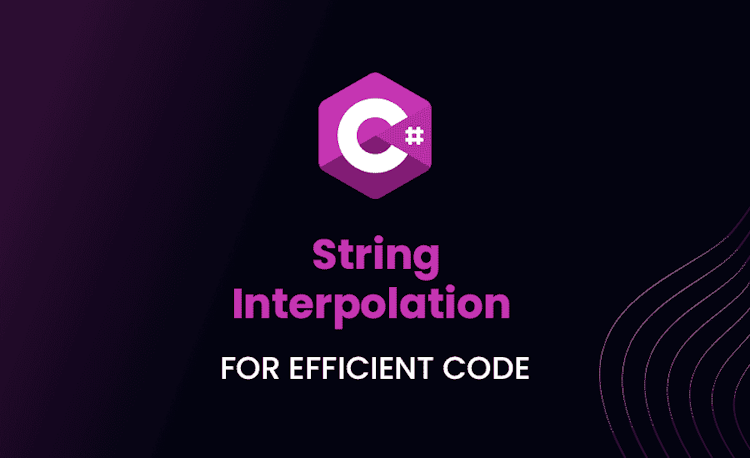Array Length in C#: Step-by-Step Guide

At the heart of every fantastic software lie arrays and their efficient management. Be it gaming or business software, understanding arrays, and above all, array length plays a vital role in coding. This guide gives you a better insight into ‘Array Length in C#’. Ready? Let’s dive in!
Introducing Arrays in C#
When you look around, can’t you see we live in a world of arrays? Just like a bookshelf full of books, an array is a collection of similar type items stacked together.
Basics of Arrays in C#
In C#, arrays work as a data structure to store the elements of the same data type together. All elements of the array share the same name, but they’re distinguished based on their indexes (oh yeah, like your books!).
Loading code snippet...
The above example effortlessly creates an integer array ‘NumArray’ with a size of 5.
Creating Arrays in C#
You might be itching to know how to create arrays in C#! Never fear, we’re here to take you through it!
A Tutorial on How to Create Arrays in C#
Creating arrays in C# is just like painting a picture, it’s all about choosing the right colors (or data types in coding language!).
Loading code snippet...
Just like you create a beautiful blend of colors on a canvas, the above code creates two arrays, ‘array1’ of type integer and ‘array2’ of type character.
Working with Array Length in C#
Remember when you were having a pizza party and you needed to know exactly how many slices you had to ensure everyone gets their share? That’s where ‘length’ steps in even in coding!
How To Get Length Of Array In C#
Just like counting pizza slices, determining the length of an array in C# is a cakewalk with the ‘Length’ property.
Loading code snippet...
In the above code, we’ve determined the length of our array ‘NumArray’ to be 5. Easy-peasy, isn’t it?
More about Array Length in C#
The real fun begins when you start playing with array length in C#. Are you excited to unravel the mystery of finding the length of an array?
Digging Deeper: How to Find Length of Array in C#
Finding the length of an array in C# is like finding a needle in a haystack. Right? Nope, not really!
Loading code snippet...
This code effortlessly reveals the length of ‘array1’ as 5.
The Length Property in C# Arrays
The ‘Length’ property in C# acts as a fundamental tool when dealing with arrays. No cloak and dagger act, just plain and simple usage to get the total number of elements present in an array. Have you ever wondered how it works? Let’s explore further together.
Understanding the Length Property of Arrays in C#
Though it seems mysterious, the Length property in C# possesses an uncomplicated mechanism. Acting like a built-in function, it grants us permission to fetch the total count of elements present in an array.
Loading code snippet...
The above code snippet uses the ‘Length’ property to calculate the length of ‘array1’, which, in this case, will print ‘5’.
But let’s shape it more interestingly. The ‘Length’ property comes real handy when you need to iterate over the array elements.
Loading code snippet...
This code would iterate over ‘array1’ and print both the index and value of every array element. So simple, yet so practical.
Practical Demonstrations
Now, let’s look at more practical examples using the Length property. Practical demonstrations help strengthen concepts and are instrumental in mastering them.
Creating and Determining Length of an Array: A Practical Example
Let’s create an array of characters and find out its length. Imagine you are asked to count the total number of alphabets in the English language. Wouldn’t it be so much easier with arrays and the ‘Length’ property?
Loading code snippet...
The above code creates a character array ‘charArray’ with all 26 English alphabets and prints out the length, giving ’26’. Instead of manually counting each alphabet, C# does it in a flash!
Dealing with Char Arrays
While working with different array types, handling character arrays becomes quite the routine. Let’s deepen our knowledge about character arrays.
C# Char Array Length: A Practical Insight
For character arrays, the ‘Length’ property operates similarly as it does for other arrays. Let’s see an example to cement this concept.
Loading code snippet...
The code snippet creates a vowels array and fetches its length. The result ‘5’ signifies that there are five vowels in the English language.
Importance of Array Length in C#
Knowing the length of your data structures, particularly arrays, in a language like C# is akin to understanding the ABCs of programming. A clear understanding of array length in C# is like a master key that unlocks many paths in your coding journey.
Why Understanding Array Length in C# is Vital
Knowing the length of an array has numerous crucial applications in the world of coding:
- Looping through Arrays: Array-length is crucial when you want to navigate through each element within the array. Let’s consider a scenario where you are creating a leaderboard for a game and you have stored the player’s scores in an array. You would need an accurate length of the array to loop through each player’s scores.
Loading code snippet...
Here, we utilize the array length while setting the condition for our loop.
- Preventing Errors: One common error involving arrays is the ‘out-of-bounds’ error, which occurs when you attempt to access an index that is not within the array’s range. Understanding array length leads you to dodge these errors. Always remember the highest index you can access in an array is always ‘length-1’.
Loading code snippet...
In the above example, we accessed the last element in the array using ‘numberArray.Length – 1’.
- Memory Optimization: Knowing the size of an array is essential for memory management and ensuring the optimal performance of your application. Creating an array with a larger-than-required capacity results in the wastage of memory resources, while insufficient size leads to constant resizing or ‘out of bounds’ errors.
Loading code snippet...
In the example above, we create an array with an exact size needed, leading to efficient memory usage.
Solutions to Common Problems
Your coding journey will often be a bumpy ride filled with bugs and errors – not all humans were meant to decode ‘machine language’. But fret not, knowing your way around the commonly encountered issues will make the ride smoother!
Exception Handling & Array Length Related Issues
One such commonly encountered hiccup is the ‘IndexOutOfRangeException’. It usually surfaces when you play on the edges – trying to access an array index which doesn’t exist.
Loading code snippet...
In the above code, we tried to access index 6 of ‘scoreArray’. But hey, look closely, ‘scoreArray’ only goes till index 4! This raises an ‘IndexOutOfRangeException’. However, by wrapping the code block within a ‘try-catch’ block, we gracefully handle the exception and prevent any abrupt termination of the program.
Wrapping up With Array Length in C#
Array length in C# is not as complicated as quantum physics, right? From creating arrays, dealing with array length to handling exceptions, I hope this guidebook on ‘Array Length in C#’ steers you on your journey in the coding world. Remember, “Success is a journey, not a destination” (Arthur Ashe). So keep practicing, keep learning. Ready for your next coding adventure?





